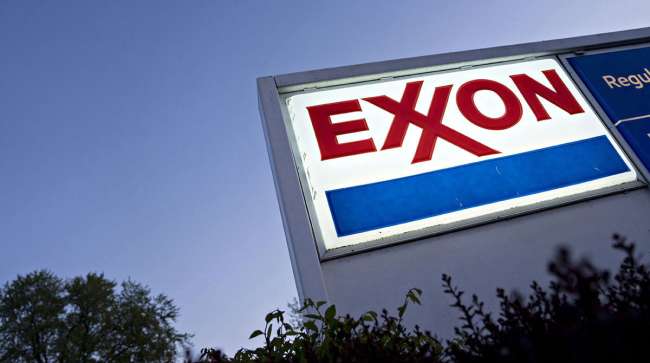Exxon Sees 2050 Oil Use at Current Level

[Stay on top of transportation news: Get TTNews in your inbox.]
Exxon Mobil Corp. forecasts global oil demand in 2050 will be the same — or even slightly higher — than current levels, putting efforts to reach net-zero carbon emissions by midcentury well out of reach.
Oil demand will remain above 100 million barrels a day through 2050, driven by growth in industrial uses like plastic production and heavy-duty transportation, Exxon said Aug. 26 in its annual Global Outlook. The International Energy Agency’s Net Zero Emissions Scenario says demand must drop 75% to 24 million barrels a day by 2050 to limit warming to 1.5C (2.7F) above pre-industrial norms, as called for in the Paris climate agreement.
“The IEA says, as do we, that the world is not on that pathway,” said Chris Birdsall, Exxon’s director of economics and energy. “We have to be crystal clear on the path the world is on. Otherwise, we delude ourselves.”
Exxon does predict that global greenhouse gas emissions will begin to drop by 2030, as renewable energy sources continue to grow, and will fall 25% by 2050. That’s likely not enough to prevent significant climate change.
Many countries and corporations, including Exxon, have drawn up plans to reach net-zero emissions by 2050. But achieving those goals is becoming harder every year, as demand for energy of all kinds continues to rise.
Exxon’s forecasts are roughly in line with other recent projections by oil industry participants. OPEC sees 116 million barrels a day of consumption in 2045, while pipeline giant Enbridge Inc. predicts demand could top 110 million barrels a day.
Want more news? Listen to today's daily briefing above or go here for more info
Demand will be high enough that failing to invest now in new fossil fuel projects would be “catastrophic,” Birdsall said. Without new investment, Exxon sees oil supply falling 70% to 30 million barrels a day by 2030, sending crude prices soaring and decimating the global economy.
Exxon’s forecast is likely to anger environmentalists and politicians who accuse the oil industry of using pessimistic narratives to paralyze climate action and protect profits. But Birdsall said the Global Outlook is a “realistic” projection based on real-world data and forecasts.
“We feel like we have to come out strong with that message because there are activists that are pushing a keep-it-in-the-ground approach,” he said. “We can point to places where that’s starting to leak into policy. That’s really dangerous.”




